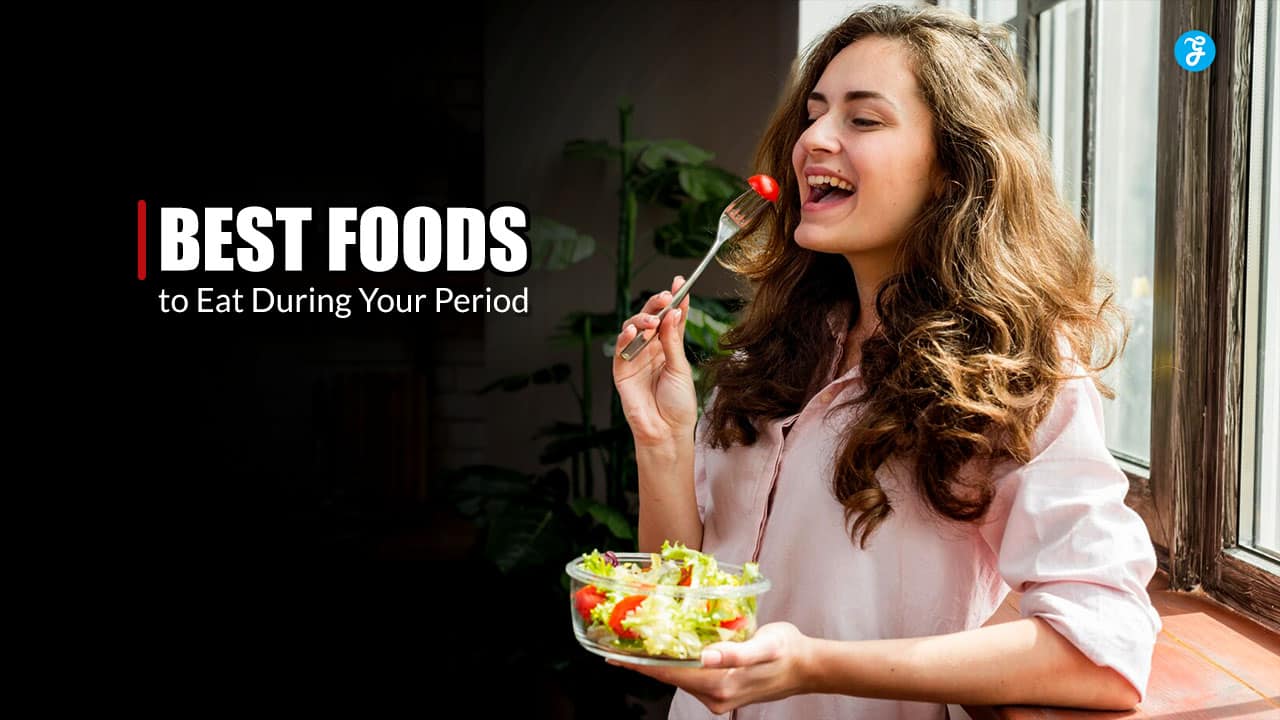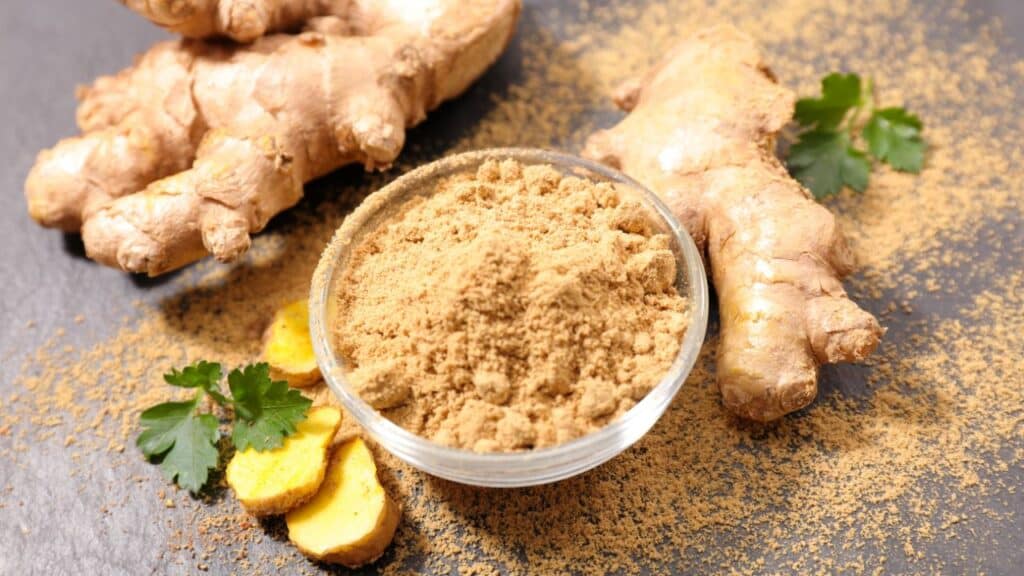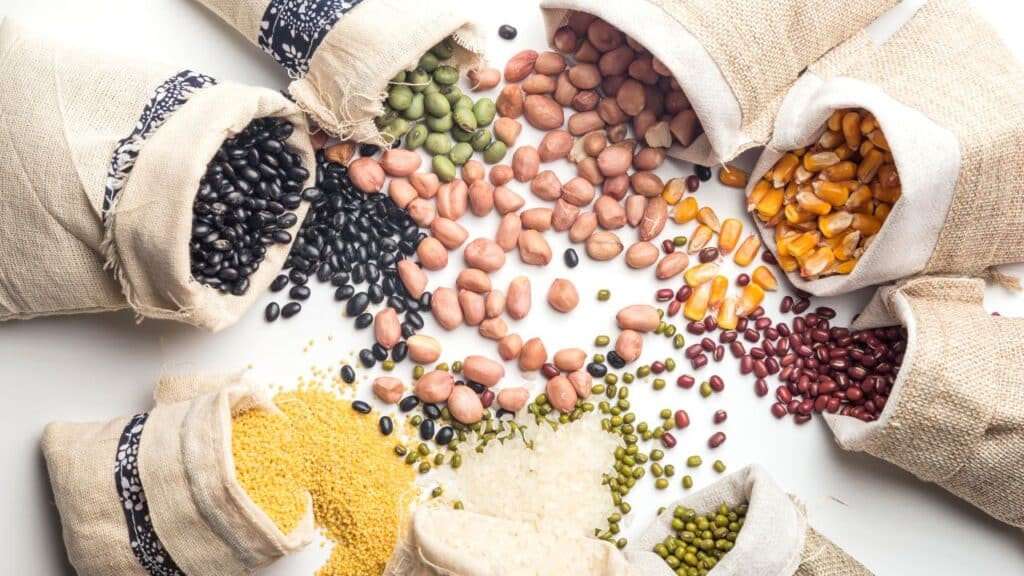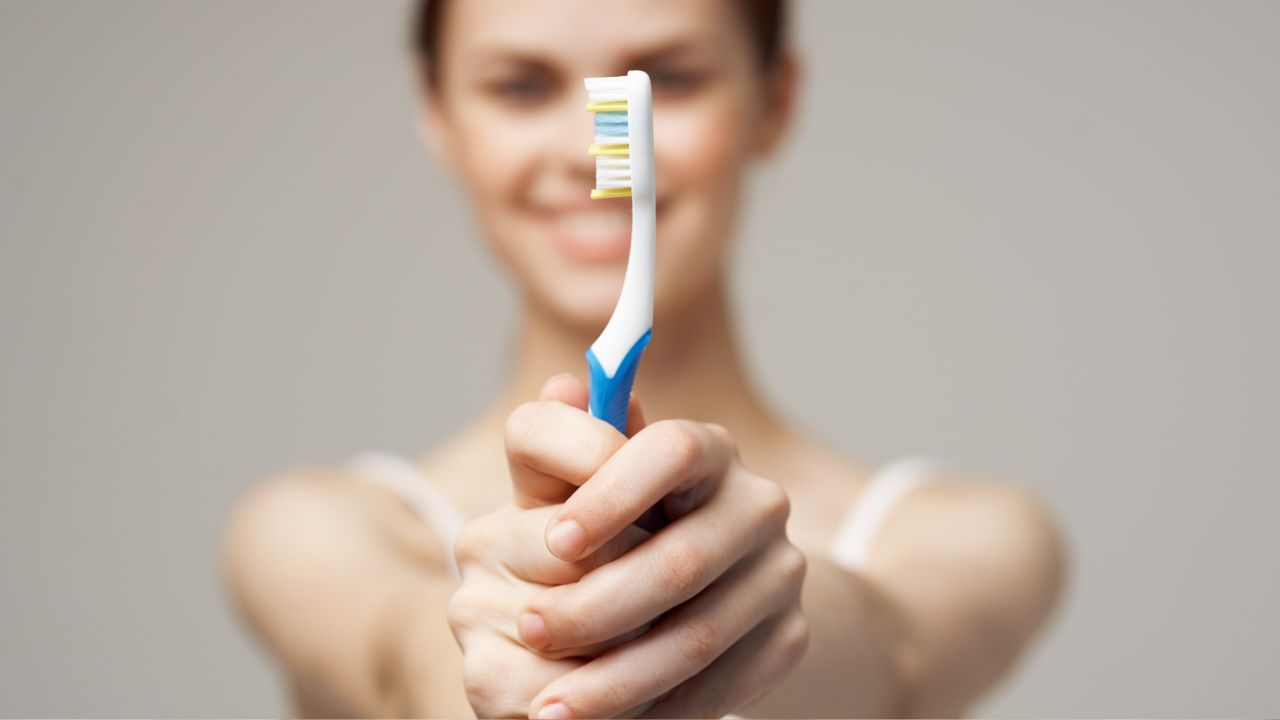For many women, the menstrual cycle comes with a range of uncomfortable symptoms, including cramps, bloating, fatigue, headaches, and mood swings.
While these symptoms are often inevitable, the right nutrition can play a significant role in reducing their intensity.
Eating the right foods during your period can help boost your energy, ease cramps, and balance mood swings.
In this article, we’ll explore 10 of the best foods to eat during your period and explain how each of them supports your body during this time.
1. Leafy Green Vegetables
Why Leafy Greens Are Important During Your Period
Leafy greens like spinach, kale, and Swiss chard are rich in essential nutrients such as iron, magnesium, and vitamins A, C, and K. During menstruation, iron levels can drop due to blood loss, leading to fatigue and weakness.
Consuming iron-rich foods like leafy greens can help replenish these lost nutrients, preventing iron deficiency and maintaining energy levels.
How Leafy Greens Help with Cramps
Magnesium found in leafy greens helps relax muscles, reducing the severity of menstrual cramps.
It also supports healthy blood circulation, which can alleviate headaches and ease tension.
Best Ways to Incorporate Leafy Greens
- Add spinach or kale to smoothies for a nutrient-packed breakfast
- Include a side salad with your meals.
- Sauté Swiss chard with garlic for a tasty, magnesium-rich side dish.
2. Dark Chocolate
Why Dark Chocolate is a Period Superfood
Dark chocolate is a favorite treat, but it’s also a nutritional powerhouse during your period.
High-quality dark chocolate (70% cacao or higher) is rich in magnesium, iron, and antioxidants, making it an ideal choice to satisfy cravings while also providing health benefits.
How Dark Chocolate Helps with PMS and Cramps
Magnesium in dark chocolate not only helps with muscle relaxation but also boosts mood by increasing the production of serotonin, the feel-good hormone.
Additionally, the antioxidants in dark chocolate help combat inflammation, reducing bloating and discomfort during menstruation.
Healthy Ways to Enjoy Dark Chocolate
- Enjoy a small square of dark chocolate as a snack.
- Add dark chocolate shavings to your morning oatmeal.
- Melt dark chocolate and drizzle over fresh fruit for a healthy dessert.
3. Bananas
Why Bananas are a Period-Friendly Snack
Bananas are one of the best fruits to eat during your period because they are rich in potassium, vitamin B6, and fiber.
Potassium is essential for maintaining electrolyte balance, reducing bloating, and supporting healthy muscle function, which can help alleviate cramps.
How Bananas Help with Bloating and Mood Swings
Bananas are a natural source of vitamin B6, which plays a key role in regulating mood and reducing irritability.
The fiber in bananas also helps regulate digestion, reducing bloating and keeping you regular, which is particularly helpful when you feel sluggish or constipated during your period.
Easy Ways to Add Bananas to Your Diet
- Slice bananas into your morning cereal or yogurt.
- Blend bananas into a smoothie with almond butter and spinach for an energy boost.
- Eat a banana as a quick snack between meals to maintain stable energy levels.
4. Salmon
Why Salmon is a Nutritional Powerhouse During Your Period
Salmon is packed with omega-3 fatty acids, which have powerful anti-inflammatory properties that can help reduce the intensity of menstrual cramps.
Omega-3s work by relaxing the muscles in the uterus and reducing the production of prostaglandins, which are responsible for causing cramps.
How Salmon Supports Mood and Energy Levels
Salmon is also a great source of vitamin D and B12, both of which help regulate mood and fight fatigue.
Vitamin D plays a crucial role in managing serotonin levels, improving mood stability during your period, while vitamin B12 supports energy production and reduces tiredness.
Ways to Enjoy Salmon
- Grill or bake salmon for a nutritious dinner.
- Add smoked salmon to salads or whole-grain toast.
- Make salmon patties or fish cakes for an easy, omega-3-rich meal.
5. Ginger
Why Ginger is a Natural Remedy for Menstrual Discomfort
Ginger has been used for centuries as a natural remedy for various ailments, including menstrual cramps and nausea.
Its anti-inflammatory properties help soothe muscle pain, making it particularly effective at reducing the severity of period cramps.
How Ginger Eases Nausea and Bloating
Ginger is known for its ability to reduce nausea, a common symptom for some women during menstruation.
It also helps with digestion, reducing bloating and gas that often accompany hormonal fluctuations.
Simple Ways to Incorporate Ginger
- Brew fresh ginger tea by steeping ginger slices in hot water.
- Add grated ginger to soups, stir-fries, or smoothies for an anti-inflammatory boost.
- Snack on ginger chews or candied ginger to help with nausea.
6. Yogurt
Why Yogurt is Beneficial During Your Period
Yogurt is rich in calcium, probiotics, and vitamin D, all of which can help improve your health during menstruation.
Calcium is particularly important for muscle function and can help reduce the severity of menstrual cramps.
Vitamin D works alongside calcium to improve its absorption and regulate mood.
How Probiotics in Yogurt Help with Digestion
The probiotics in yogurt support gut health by maintaining a healthy balance of bacteria in your digestive system.
This can help ease bloating, constipation, or diarrhea, which some women experience during their periods.
How to Enjoy Yogurt
- Add fresh fruit, nuts, and honey to plain yogurt for a nutrient-packed snack.
- Use yogurt as a base for smoothies or parfaits.
- Opt for Greek yogurt to get more protein, which helps with energy levels.
7. Oranges
Why Oranges Are an Energy-Boosting Fruit
Oranges are a rich source of vitamin C, which boosts your immune system and helps your body absorb iron more effectively, a crucial benefit during menstruation when iron levels can dip.
Oranges also provide a healthy dose of fiber, which supports digestion and reduces bloating.
How Oranges Help with Fatigue
The natural sugars in oranges provide a quick and sustained energy boost, making them an ideal snack to fight period-related fatigue.
Their high water content also helps keep you hydrated, reducing feelings of lethargy.
Easy Ways to Incorporate Oranges
- Eat an orange as a refreshing snack.
- Add orange slices to salads for a burst of flavor.
- Drink fresh orange juice or blend it into smoothies for a vitamin C boost.
8. Nuts and Seeds
Why Nuts and Seeds Are Perfect Period Snacks
Nuts and seeds, such as almonds, walnuts, chia seeds, and flaxseeds, are rich in omega-3 fatty acids, magnesium, and vitamin E.
These nutrients help reduce inflammation, balance hormones, and provide steady energy throughout the day.
How They Help with Cramps and Mood Swings
The magnesium in nuts and seeds plays a key role in relaxing muscles and reducing the intensity of menstrual cramps.
Omega-3 fatty acids also help regulate mood and combat the emotional ups and downs that can accompany PMS.
Best Ways to Enjoy Nuts and Seeds
- Sprinkle chia seeds or flaxseeds on yogurt or smoothies.
- Snack on a handful of almonds or walnuts.
- Add nuts and seeds to salads or oatmeal for a crunchy, nutritious boost.
9. Whole Grains
Why Whole Grains Are a Must During Your Period
Whole grains like brown rice, quinoa, and oats are rich in complex carbohydrates, fiber, and B vitamins.
These nutrients help regulate blood sugar levels, keeping your energy stable and reducing the likelihood of cravings and mood swings during your period.
How Whole Grains Help with Digestive Health
The fiber in whole grains supports digestive health by promoting regular bowel movements and reducing bloating and constipation, which are common during menstruation.
B vitamins in whole grains also help combat fatigue and support overall energy production.
How to Incorporate Whole Grains
- Start your day with a bowl of oatmeal topped with fruit and nuts.
- Use quinoa as a base for salads or side dishes.
- Opt for brown rice or whole wheat pasta instead of refined grains.
10. Water
Why Staying Hydrated is Essential During Your Period
Drinking plenty of water is one of the simplest yet most effective ways to improve your health during your period.
Dehydration can worsen bloating, cramps, and fatigue, so staying well-hydrated helps alleviate these symptoms and keeps your body functioning optimally.
How Water Helps with Bloating and Cramping
Drinking water helps flush out excess sodium, which can reduce water retention and bloating.
Proper hydration also helps prevent muscle cramps by keeping your muscles relaxed and functioning properly.
Tips for Staying Hydrated
- Aim for at least 8 glasses of water per day.
- Infuse your water with slices of lemon, cucumber, or mint for added flavor.
- Carry a water bottle with you to ensure you’re sipping throughout the day.
Final Thoughts
Your diet can significantly impact how you feel during your period. By incorporating nutrient-rich foods like leafy greens, dark chocolate, salmon, bananas, and whole grains, you can help reduce cramps, combat fatigue, and improve your mood.
These foods provide essential vitamins, minerals, and healthy fats that support your body during menstruation, helping you manage common symptoms like bloating, irritability, and muscle tension.
Staying hydrated and consuming foods rich in magnesium, iron, and omega-3 fatty acids ensures that your body gets the support it needs.
By making these small dietary changes, you can enhance your overall well-being during your period.








































